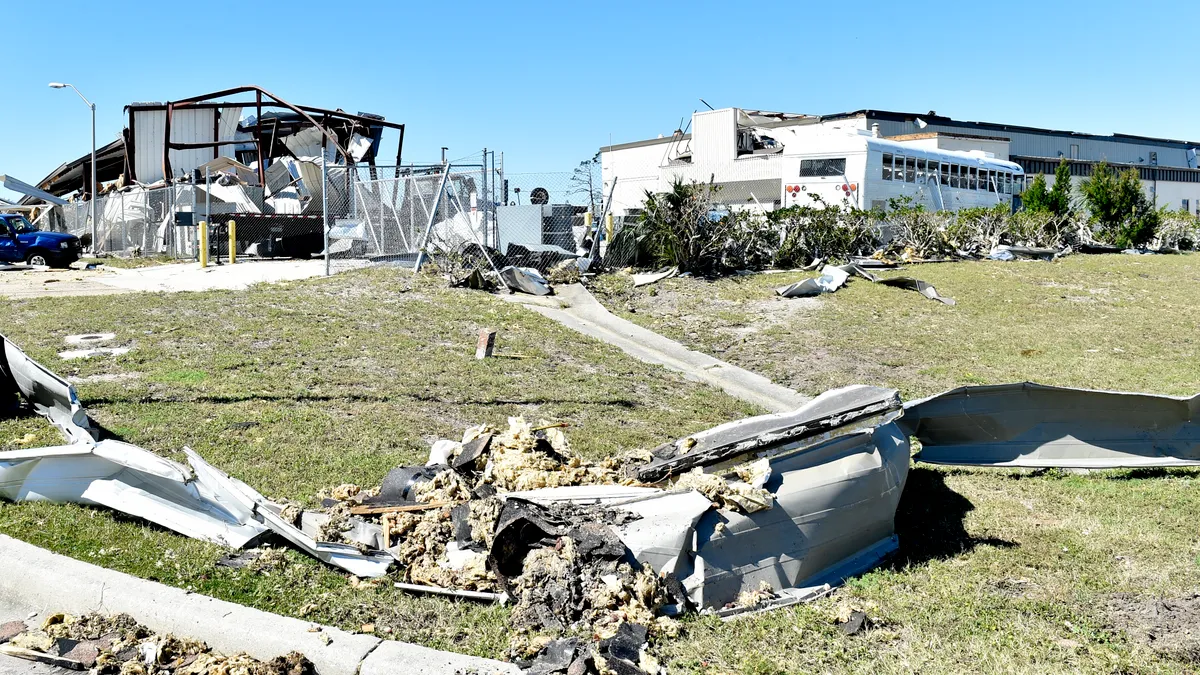Dive Brief:
- Verizon will add Panama City, FL to its initial 5G rollout as it helps the area rebuild its wireless infrastructure in the aftermath of Hurricane Michael.
- The telecom is spending $25 million to build what it said will be “the most technologically advanced wireless network in the area” as it recovers from the storm, according to an announcement. Verizon says its mobile network is stable across the Florida panhandle.
- Panama City is Verizon’s fifth named 5G city, joining Los Angeles, Houston, Indianapolis and Sacramento.
Dive Insight:
The Category 4 storm, which brought 155 mph winds to the Florida panhandle, wreaked havoc on the region’s broadband infrastructure. Federal Communications Commission (FCC) Chair Ajit Pai expressed disappointment in mobile companies’ response to the storms, saying on Oct. 16, “Slow progress in restoring wireless service” in the worst-hit areas was “completely unacceptable,” although he eased off that criticism when visiting the area later that week.
Even as companies brought back connectivity, Panama City — where the storm first made landfall — remained without service. Now Verizon’s rehab gives the region a chance to get a jumpstart on a more advanced mobile network. It’s similar to the rebuilding effort in Puerto Rico after last year’s devastating hurricanes, where companies and the federal government have made efforts to deliver a more advanced and resilient electric grid, integrating distributed energy resources and microgrids.
In an interview with the Panama City News Herald, Mayor Greg Brudnicki said Verizon is "saying they want to help us do something good."
The addition of Panama City also brings more diversity in the initial 5G rollout, amid criticism — including from AT&T — that some companies are focusing too much on major markets rather than ensuring 5G can reach medium and small cities, as well as rural areas. Panama City will be by far the smallest city in Verizon's initial launch, and its location on the Florida panhandle brings more geographic diversity to the 2018 rollout.











